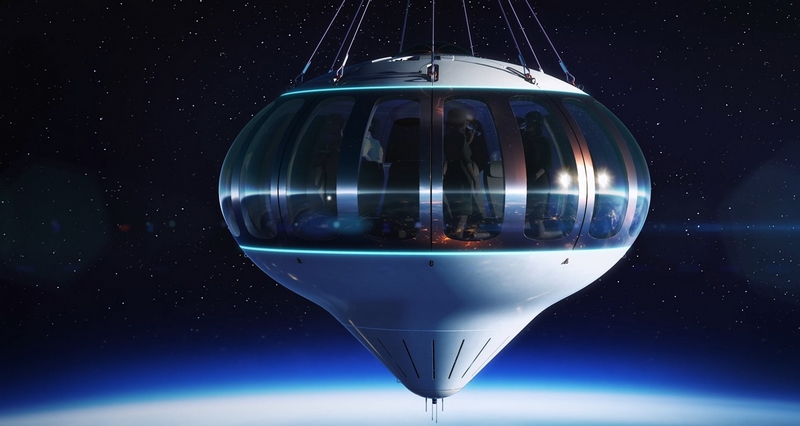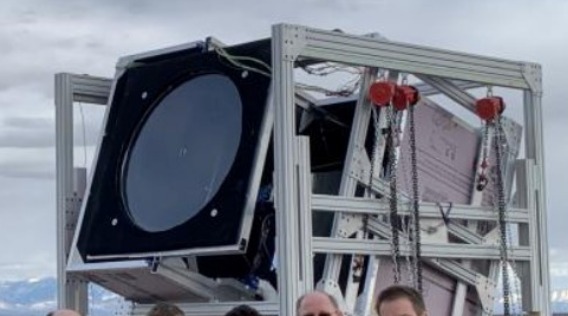
Also known as EUSO-SPB2, the project called the Extreme Space Balloon Observatory will search for messengers from outer space. It’s a small, high-energy particle that hits the Earth from somewhere in space.
The mission, which involves 280 researchers from 77 institutions in 13 countries, consists of two of his instruments mounted on a high-altitude balloon launched by NASA. The balloon and its cargo are currently in the final stages of construction and assembly.
Once complete, EUSO-SPB2 will orbit the Southern Hemisphere and ride wind currents about 20 miles above Earth to collect data and look for trails left by two types of incoming particles.
EUSO-SPB2 will carry two different telescopes to detect two types of particles from space. One is called ultra-high energy cosmic rays. These are charged particles that are accelerated to very high energies elsewhere in space and occasionally collide with the Earth’s atmosphere. they are very powerful. They are the most energetic particles we know of in the universe.
Both of these particles are thought to have come from outside the Milky Way, possibly from distant galaxies. But so far no one has been able to trace them to their empty origins. Scientists are very interested in tracking the origin of particles because they can tell how they formed. Whether it originated from a supermassive black hole, two giant neutron stars colliding, or even a giant collision between galaxy clusters. Particles carry information about this event to us millions or billions of light years away.
Another type of particle is the neutrino. On the other hand, these particles interact very little with matter. This remoteness is of interest to scientists because it allows them to carry information from distant galaxies without being distorted enough to affect other particles. However, this makes detection very difficult.
EUSO-SPB2 cannot detect these particles directly, but it can look for signs in the atmosphere as neutrinos and cosmic rays collide with molecules on the ground and in the atmosphere. Both instruments are looking for evidence of these collisions. You can see the ultraviolet rays produced by cosmic rays hitting molecules in the atmosphere, creating showers of particles. Another is looking for a special type of light called Cherenkov radiation, which is produced after neutrinos collide with Earth’s molecules. Collisions eject tau particles, which decay and produce showers of billions of secondary particles, producing distinct Cherenkov light. Most previous experiments to find these particles have involved sitting on the ground and looking up at the atmosphere. Instead, EUSO-SPB2 sits directly above the atmosphere and looks down. This allows the instrument to see a wider range of these impact signatures.
“The more atmosphere we can observe, the better, because ultra-high-energy cosmic rays are so rare,” says Rebecca Diesing, a University of Chicago physicist who helped build one of the balloon-borne instruments. said. “A square kilometer of Earth only hits one of these particles about once every century.”
EUSO-SPB2 will also be launched while multiple gravitational wave detectors are in operation. These observatories aim to capture the ripples in space-time that occur when black holes and neutron stars collide. If the gravitational wave detector records such a collision, EUSO-SPB2 can circle around and look for neutrinos in the aftermath. “This is an important step in solving the mystery of where in the universe these particles might come from and how they could have been made,” says Angela of the University of Chicago’s Astronomy and Astrophysics. Professor Orint is Albert Michelson of Experiments. “These are particles that we simply cannot create ourselves on Earth; we need to use these space travellers to learn more about them.”
As nothing like this concept has been done before, dozens of scientists and engineers have worked to ensure the instruments and the balloon will work together. “For example, we had to choose materials that were light enough to fit within the weight limit for what the balloon can carry, but also strong enough to withstand the shock of launch – when the parachute deploys, the gondola experiences up to eight to 10 Gs,” explained Johannes Eser, a UChicago scientist who has worked on EUSO-SPB2 since its inception.
Different pieces of EUSO-SPB2 have been built at institutions around the world: Georgia Tech, for example, is building the Cherenkov camera, while institutions in France and Italy have built the UV fluorescence camera. Meanwhile, the University of Chicago is building several parts, including a device to measure cloud cover around the balloon and the innovative gondola that carries the instruments, as well as running simulations and overseeing the full project. The entire cargo is currently undergoing assembly at the Colorado School of Mines, before being shipped to Nasa`s facility in Palestine, Texas, for a `hang test` designed to ensure the entire device holds together and works well when hung from the balloon. It will eventually head to New Zealand for a scheduled launch in spring 2023.
If EUSO-SPB2 works, it will prove that space-based detection of these particles is possible. Olinto hopes to provide proof-of-concepts for follow-up missions, including those aboard satellites that orbit the Earth and pick up particle trajectories. “We are gearing up for a future in which we can see many of these particles and learn an enormous amount from them. But before that, the technology needs to push further. .”
Additional funding for the EUSO-SPB2 project comes from the Italian Space Agency, the French Space Agency, the Japanese Aerospace Agency, and many others.
Recent Posts
- Astronomers detect first direct image of black hole expelling a powerful jet
- WhatsApp rolling out ‘reply with message’ feature within call notifications
- Multi-Device Pairing May Be Arriving for Apple Watch this Year
- Artificial Intelligence Discovers Hidden Giant, a Planet 5 Times Larger Than Jupiter
- Google CEO Sundar Pichai Talks Bard & The Future Of Search
Recent Comments
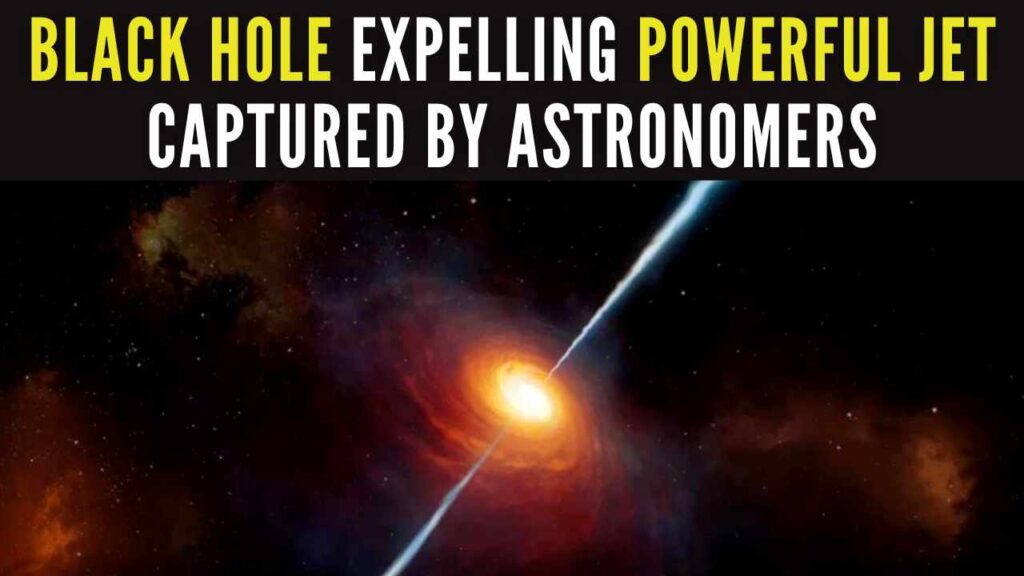
Astronomers detect first direct image of black hole expelling a powerful jet
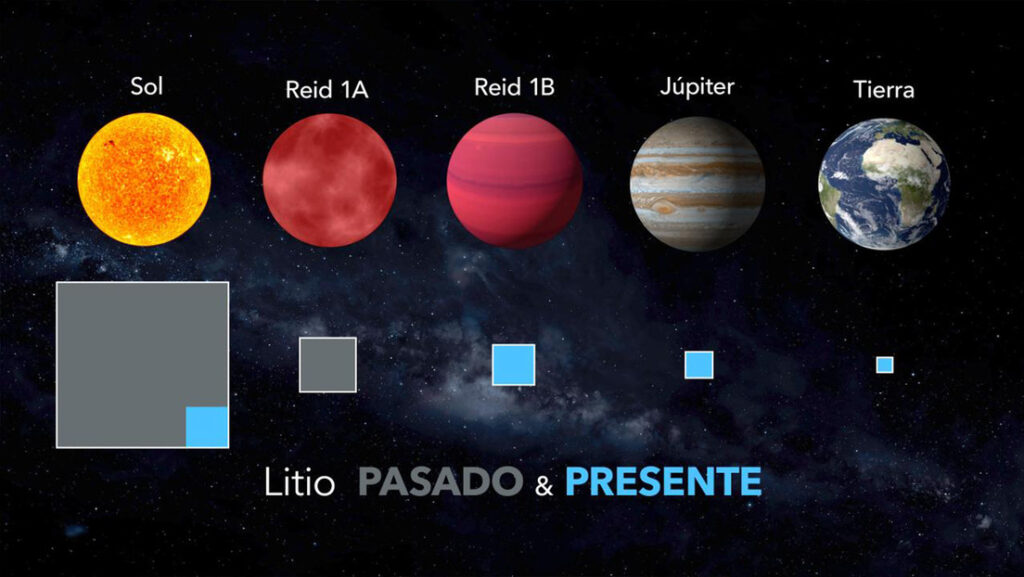
Artificial Intelligence Discovers Hidden Giant, a Planet 5 Times Larger Than Jupiter
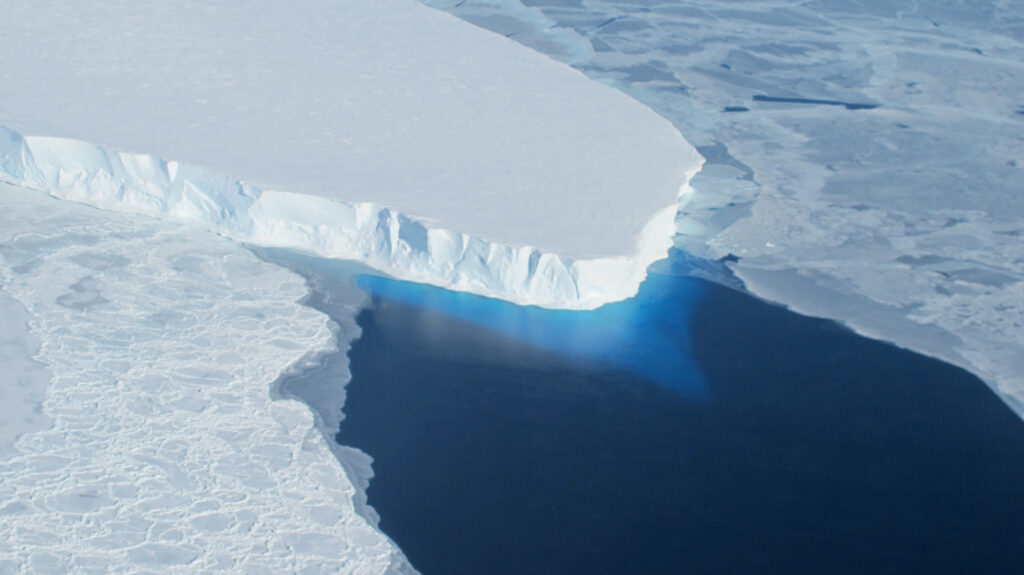
Scientists explain melting of Antarctic ice sheet dating back 9,000 years
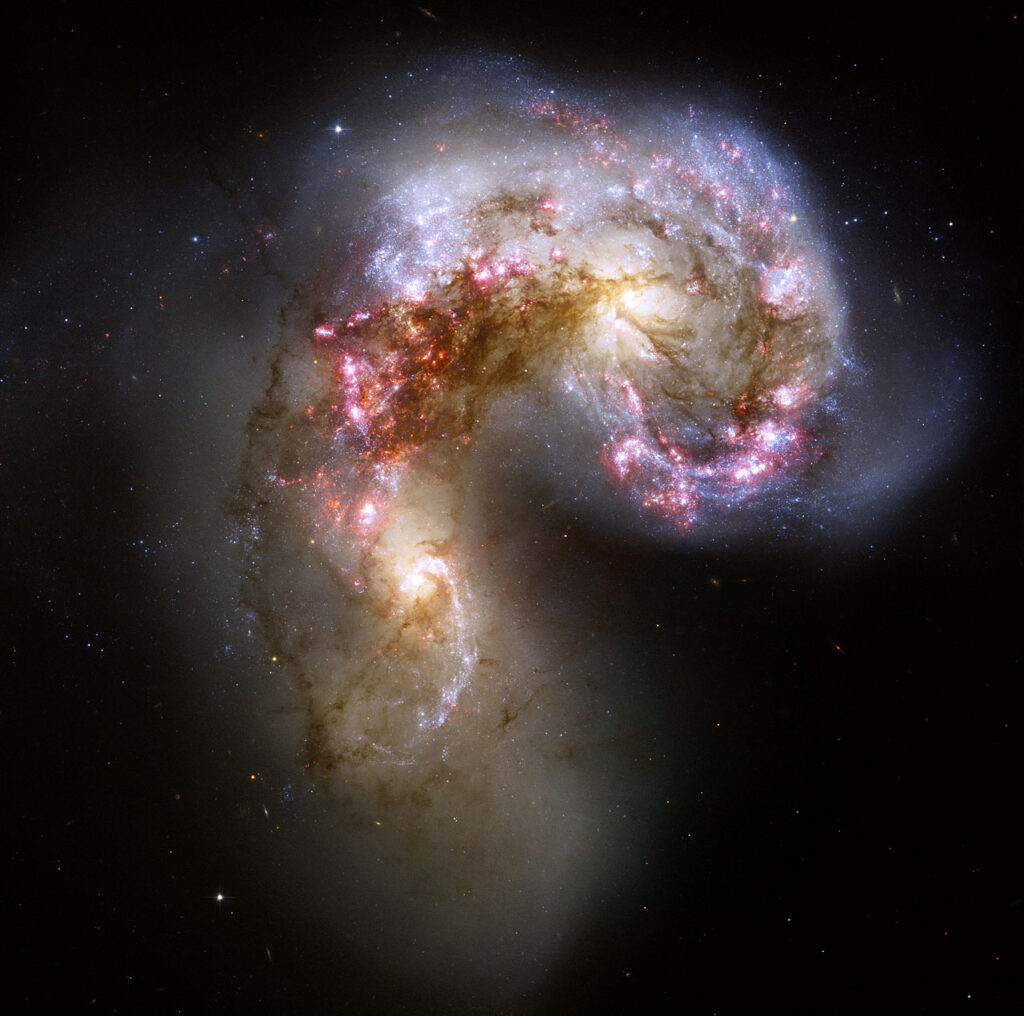
An Unexpected Discovery: Hubble, ESA's Gaia Spot Double Quasar That Existed Over 10 Billion Years Ago

Astronomers detect first direct image of black hole expelling a powerful jet
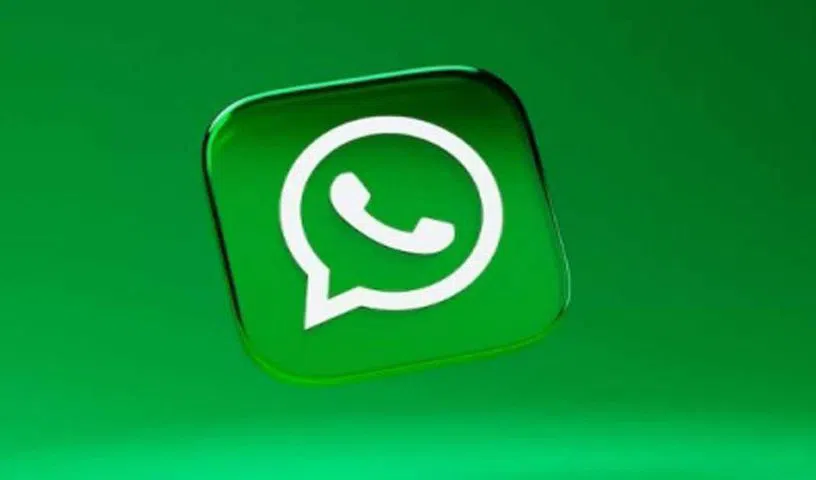
WhatsApp rolling out ‘reply with message’ feature within call notifications

Multi-Device Pairing May Be Arriving for Apple Watch this Year


